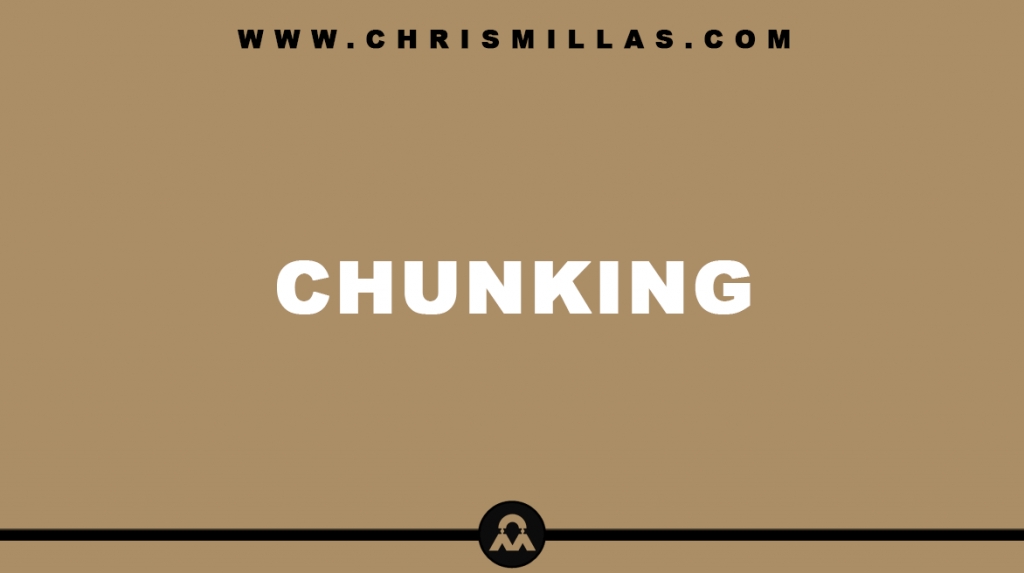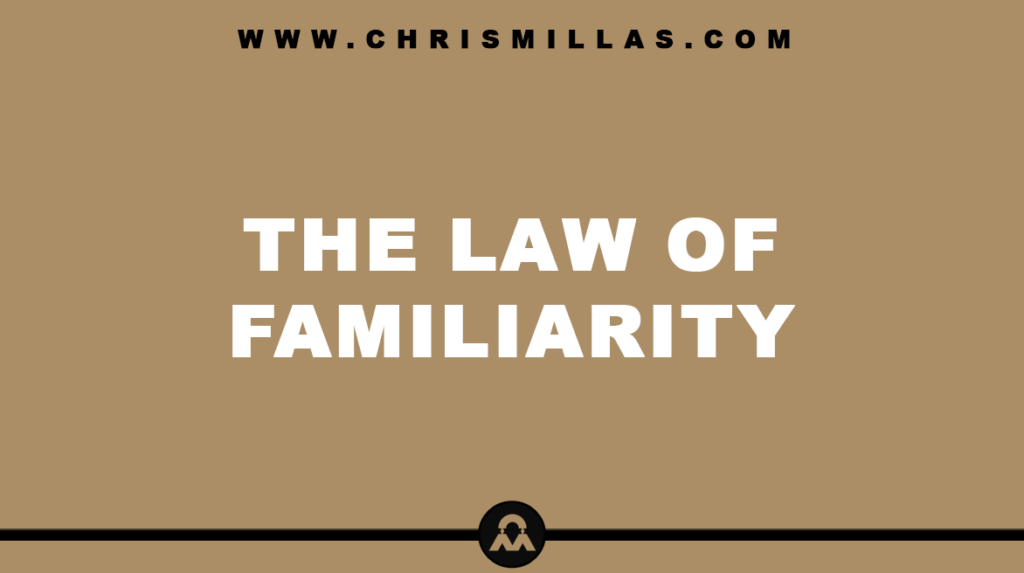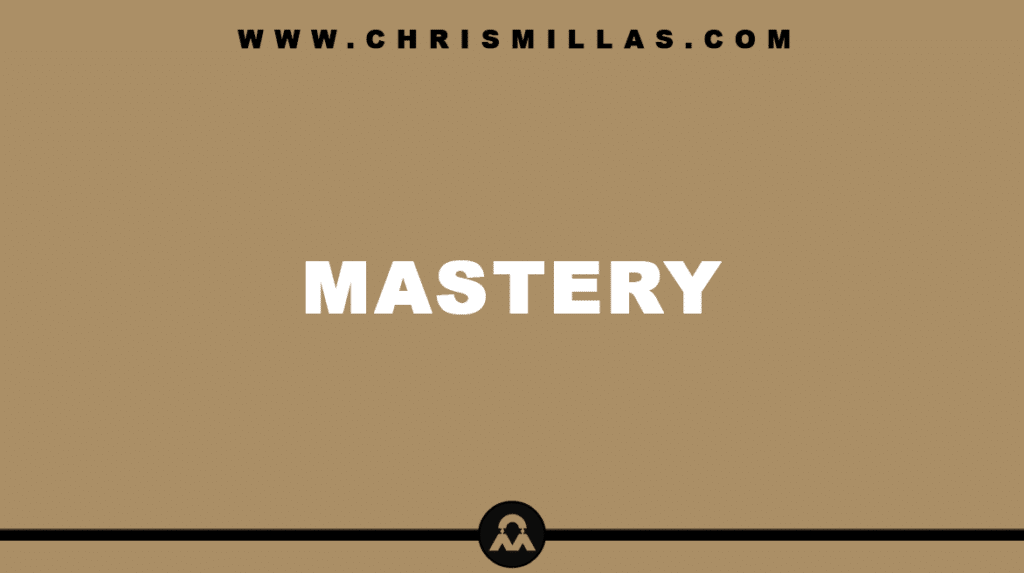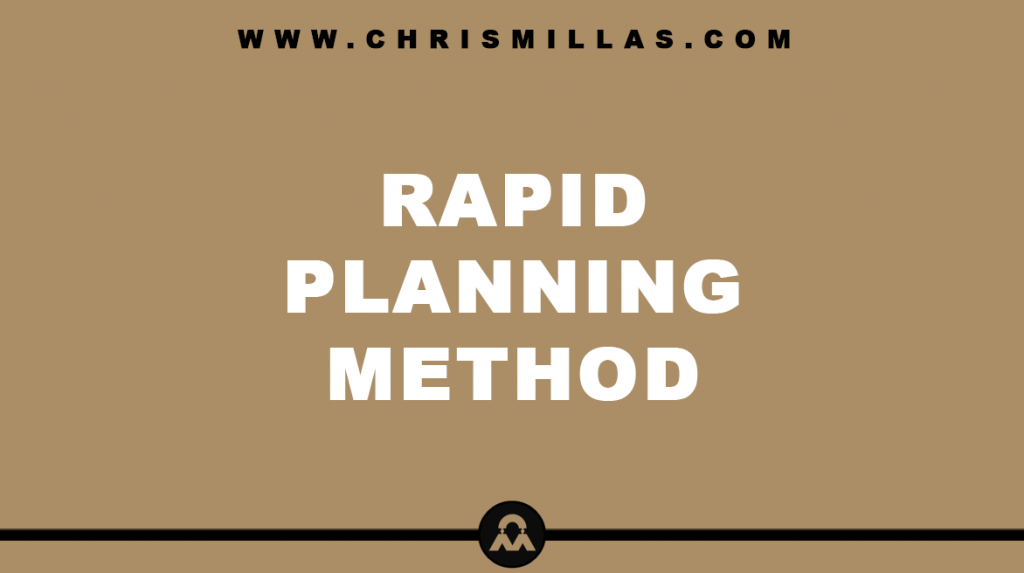In this post, we’ll unpack all you need to know about chunking, defining exactly what it is, the power of chunking, how it relates to the brain, how to chunk and more.
What Is Chunking?
Chunking is a process that involves organising individual pieces of information into familiar groupings in order to enhance both retention and understanding as well as helping us effectively produce a desired outcome.
“Chunking makes our brains more efficient. The more you can chunk something, the faster and easier you can process it.” ― Kevin Maney
The Power Of Chunking
The thought of taking on an entire project at once can feel daunting and overwhelming. Breaking up the project into too many small steps can feel equally just as intimidating. Therefore, how we focus on something or the way we ‘chunk’ things affects our success.
Give yourself 5 seconds to memorise the following string of numbers: 3941726841
Now attempt the same with the next string of numbers: 4782 638 249
The likelihood is that you found it much easier to remember the second set of numbers. This is a classic example of the power of chunking. By breaking information down into ideal sized -groups, our brains can handle it more easily and we are much more likely to achieve our desired outcome.
Chunking & The Brain
Our minds store information in one of two places; short-term memory or long-term memory.
Short-term memory is the information we hold in our minds at any one time. Think of it as the brain’s scratchpad – the temporary mental space where we perform acts of thinking and reasoning. Research shows that short-term memory is only capable of holding around 7 pieces of information simultaneously before one or more of them slip beyond our recall. Almost all information stored in short-term memory is lost within as little as 30 seconds if not rehearsed.
Long-term memory is information we can retain and retrieve over length periods of time. It has an unlimited capacity and allows us to recall information days, months and even years after they were originally stored.
When chunking, we trigger a set of associations that are already stored within the knowledge of our long-term memory. This knowledge allows us to think more optimally.
How To Chunk
Chunking can be broken down into 3 simple steps:
- 1) Document information ― no matter what it is.
Trying to keep everything in your mind takes energy and causes stress. Research tells us that our conscious mind can only process 7 (plus or minus 2) pieces of information at any given time.
Therefore, you need to form the habit of extracting the ideas out of your head and documenting them – whether that be on paper, your computer, laptop or mobile device.
- 2) Combine related items.
Now that you have documented your ideas, the next step is to combine related items. To do this, simply look for commonalities and then chunk those items that correspond with different areas of your life. For example, what items relate to health, finances, relationships, career etc.
- 3) Remind yourself what you’re trying to achieve.
Thinking of each chunk as a desired outcome inspires us to focus on our bigger goals and purpose instead of getting overwhelmed and caught up with minute details. When we are inspired by purpose, we come up with more effective action plans to get there.
Example
The following list of ideas:
- Food shopping.
- 2 mile run.
- Call Dad.
- Print invoices for work.
- Arrange lunch with Melissa.
- Organise team-meeting.
- Set goals.
- Strength training.
- Visit George.
Becomes…
Health
- Food shopping.
- 2 mile run.
- Strength training.
Relationships
- Call Dad.
- Arrange lunch with Melissa.
- Visit George.
Work
- Print invoices for work.
- Organise team-meeting.
- Set goals.
Summary (TL;DR)
Chunking involves binding together single pieces of information into familiar groups so that they are easier to both understand and remember. By thinking of each chunk as an outcome, we learn to focus on the ultimate goal which empowers us to take action.
The reason why chunking works is because our brains have limits on how much information they can actively keep track of. While there is no practical limit to long-term memory, short-term memory ― the contents of our present awareness ― is severely limited, generally to about 7-9 units of information.







